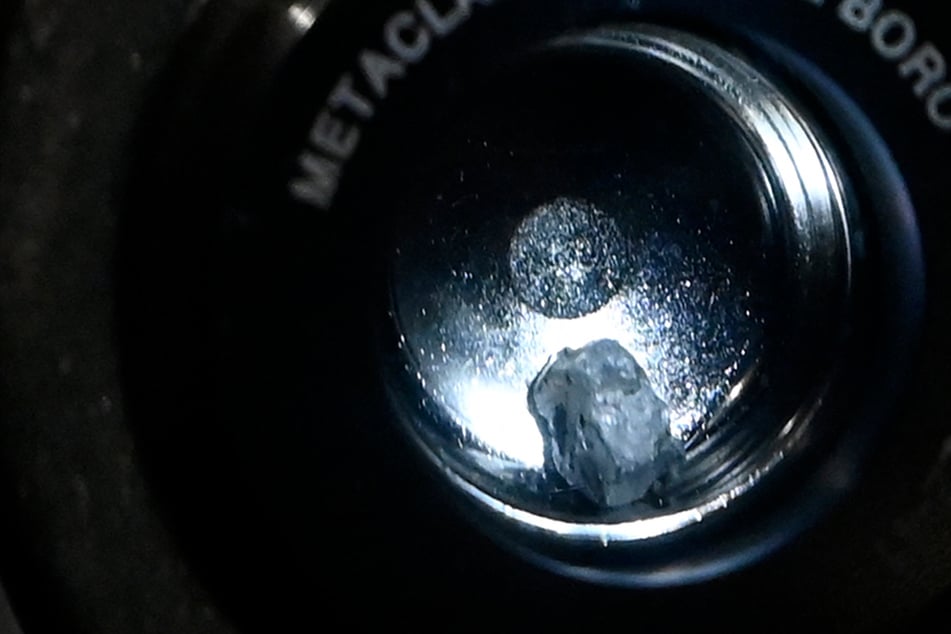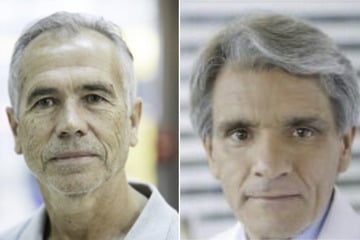Asteroid fragment hinting at Earth's origins wows visitors at Smithsonian
Washington DC - In a hushed room of a museum in Washington, cameras and cell phones focus on a tiny piece of rock, no larger than a piece of gravel.

The fragment might seem insignificant, but it is a sample taken from the asteroid Bennu, which scientists are studying in the hope of discovering if asteroids actually brought the building blocks of life – carbon and water – to Earth.
Exhibited to the public on Friday for the first time at the Smithsonian in the US capital, the tiny stone is just visible inside its small capsule.
"This asteroid, now we know, has water crystals and carbon, two of the elements that produce ultimately life," said NASA boss Bill Nelson a few minutes before the curtain rose on the dedication ceremony.
The new space venture is "part of our quest to understand, to try to understand, who we are, what we are, where we are, in the vastness of this cosmos," Nelson told journalists and space enthusiasts eager to whip out their cameras to snap an image of the rock fragment.
NASA's Osiris-Rex mission took the sample in 2020 from Bennu, a 4.5 billion-year-old asteroid 1,640 feet in diameter, which was more than 186 million miles from Earth at the time.
The capsule containing the precious cargo returned successfully to Earth in September, landing in the American desert. Since then, analysis has been underway at NASA's Johnson Space Center in Houston.
Asteroid Bennu may hold secrets about life's building blocks

Even though she worked with the scientific team on the project, Nayi Castro, like the other visitors, was seeing a fragment of the sample with her own eyes for the first time.
"It's indescribable; I can't wait to bring my family and my friends to look at it," said the 36-year-old mission operations manager, proudly wearing the NASA logo on her t-shirt.
"To actually look at this sample was super exciting cause it was so much work to get this sample back," she said, smiling.
Tim McCoy, meteorite curator at the Smithsonian's National Museum of Natural History, described the discovery as a "milestone."
"Our planet has features that we haven't found on any other planet in the solar system or outside the solar system: we have continents, we have oceans, we have life," he told journalists. "This is something I dreamed of for 20 years, and today it comes to reality, but it's really just the first step."
Even the operation to actually open the sample capsule is not complete. Due to the abundance of material found outside the collection mechanism itself, the main sample itself has not yet been opened.
The material already recovered was entrusted to a rapid analysis team in order to obtain a first idea of the composition of Bennu.
Cover photo: OLIVIER DOULIERY / AFP
